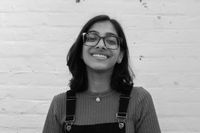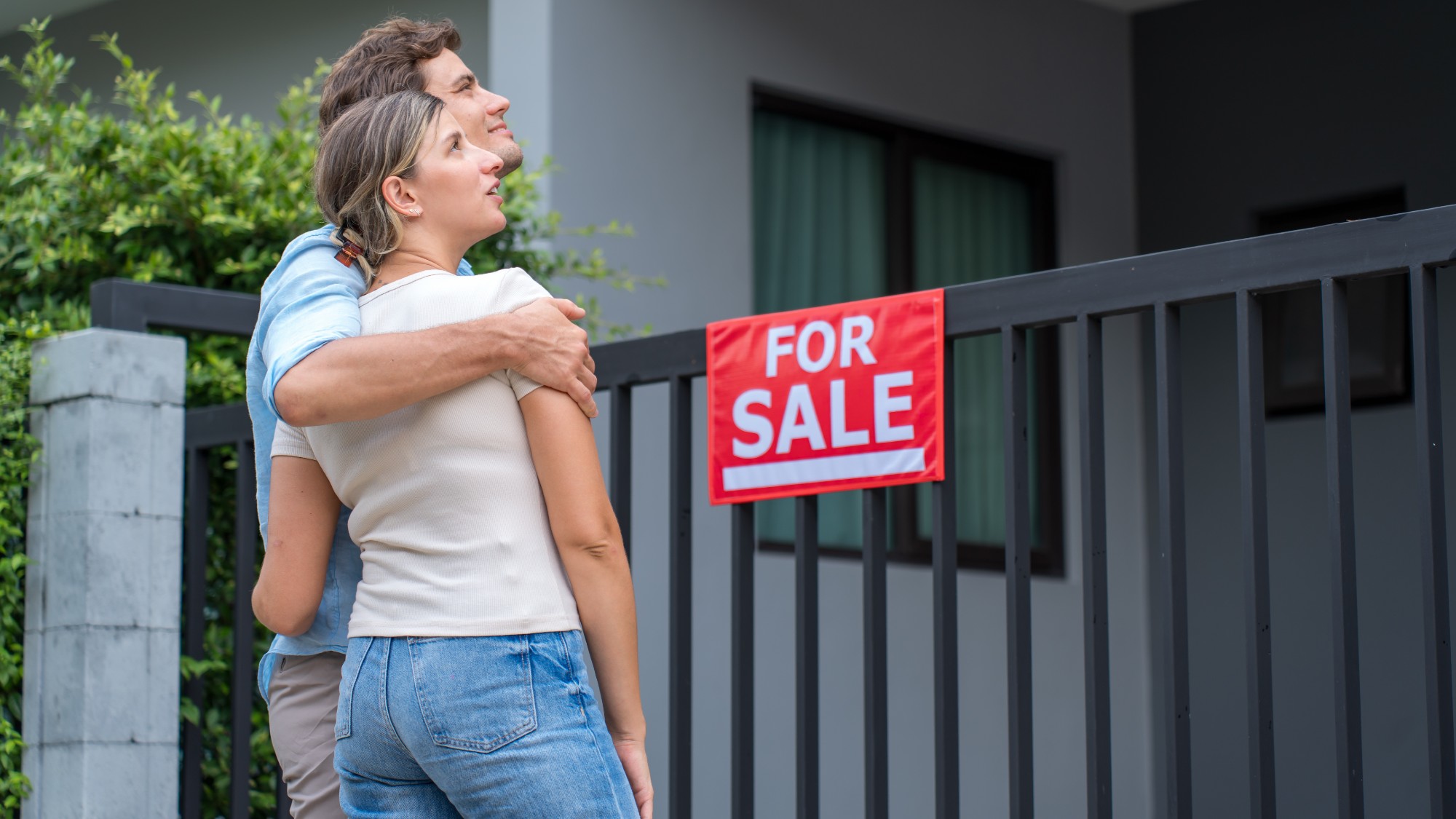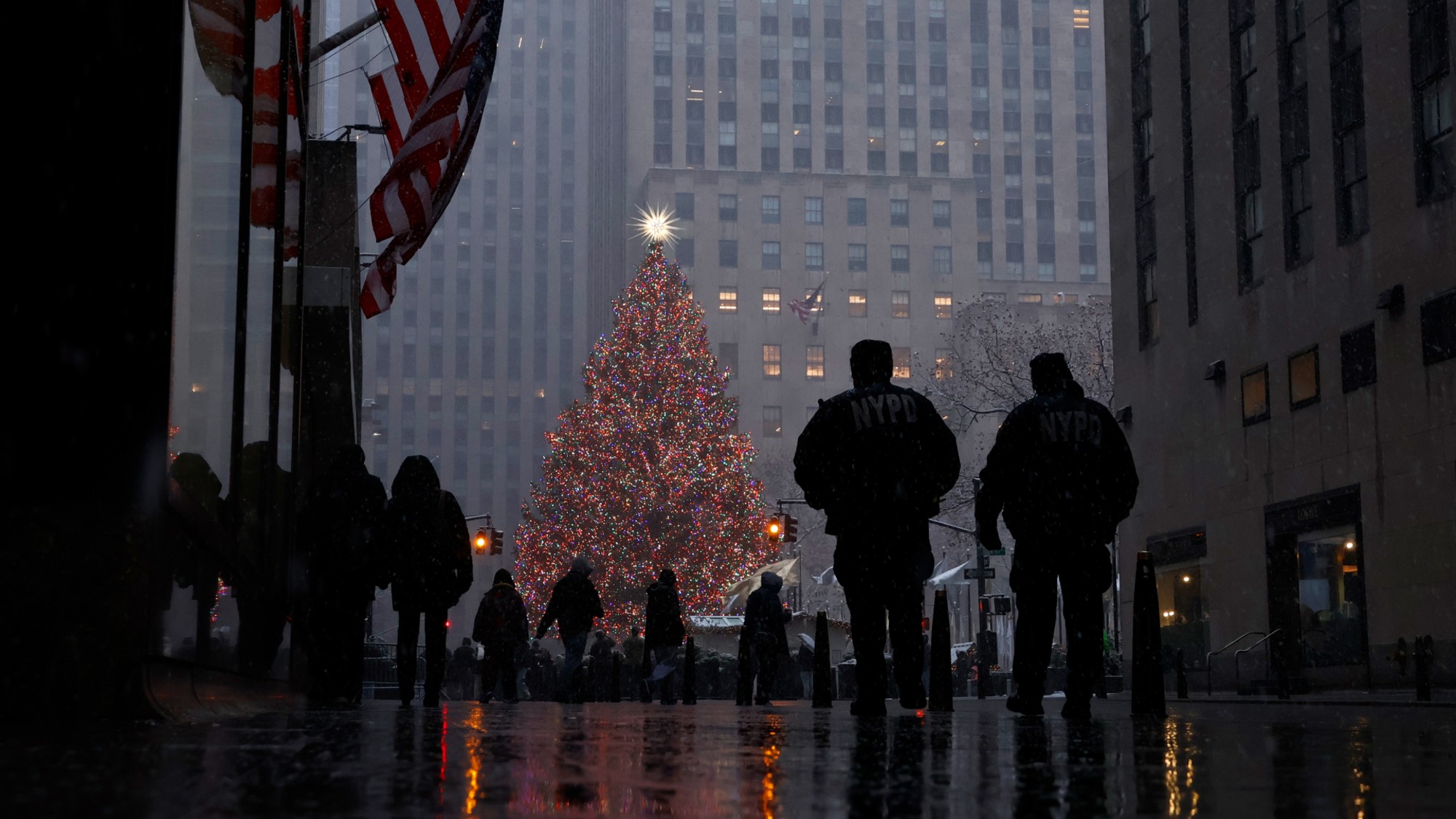A giant 'blob' of seaweed heading toward Florida could 'wreak havoc' on the coast


An enormous "blob" of seaweed is heading towards Florida and the Gulf of Mexico's coastlines, CNN reports. The mass of seaweed is thousands of miles long, large enough to be seen from outer space.
The variety of seaweed, known as sargassum, naturally floats in the ocean and can provide critical habitat for numerous species of sea life, NPR explains. It also absorbs carbon dioxide from the atmosphere. However, close to the coast sargassum can "wreak havoc on local ecosystems" by "smothering coral reefs and altering the water's pH balance."
Also, the seaweed begins to rot as it approaches the coast, releasing toxic fumes and odor. "This is an entirely new oceanographic phenomenon that is creating such a problem — really a catastrophic problem — for tourism in the Caribbean region where it piles up on beaches up to 5 or 6 feet deep," according to Dr. Brian Lapointe, a researcher at Florida Atlantic University's Harbor Branch Oceanographic Institute.
The Week
Escape your echo chamber. Get the facts behind the news, plus analysis from multiple perspectives.

Sign up for The Week's Free Newsletters
From our morning news briefing to a weekly Good News Newsletter, get the best of The Week delivered directly to your inbox.
From our morning news briefing to a weekly Good News Newsletter, get the best of The Week delivered directly to your inbox.
Scientists say that the size of the sargassum clump is also increasing. "These blooms are getting bigger and bigger and this year looks like it's going to be the biggest year yet on record," Lapointe said. He attributes the change to an increase in nitrogen and phosphorus levels, largely due to increased fertilizer use and wastewater from cities reaching the ocean. "It's almost like sargassum is a barometer for how global nitrogen levels are changing."
The blob is expected to reach the coast sometime in July, spelling trouble for beachgoers. "You have to be very careful when you clean the beaches," Lapointe warned, citing the toxicity of the seaweed. "It's having catastrophic effects," he said.
A free daily email with the biggest news stories of the day – and the best features from TheWeek.com
Devika Rao has worked as a staff writer at The Week since 2022, covering science, the environment, climate and business. She previously worked as a policy associate for a nonprofit organization advocating for environmental action from a business perspective.
-
 How to financially prepare for divorce
How to financially prepare for divorceThe Explainer Facing ‘irreconcilable differences’ does not have to be financially devastating
-
 Why it’s important to shop around for a mortgage and what to look for
Why it’s important to shop around for a mortgage and what to look forThe Explainer You can save big by comparing different mortgage offers
-
 4 ways to save on rising health care costs
4 ways to save on rising health care costsThe Explainer Health care expenses are part of an overall increase in the cost of living for Americans
-
 How climate change is affecting Christmas
How climate change is affecting ChristmasThe Explainer There may be a slim chance of future white Christmases
-
 Blue Origin launches Mars probes in NASA debut
Blue Origin launches Mars probes in NASA debutSpeed Read The New Glenn rocket is carrying small twin spacecraft toward Mars as part of NASA’s Escapade mission
-
 Why scientists are attempting nuclear fusion
Why scientists are attempting nuclear fusionThe Explainer Harnessing the reaction that powers the stars could offer a potentially unlimited source of carbon-free energy, and the race is hotting up
-
 Dinosaurs were thriving before asteroid, study finds
Dinosaurs were thriving before asteroid, study findsSpeed Read The dinosaurs would not have gone extinct if not for the asteroid
-
 Parthenogenesis: the miracle of 'virgin births' in the animal kingdom
Parthenogenesis: the miracle of 'virgin births' in the animal kingdomThe Explainer Asexual reproduction, in which females reproduce without males by cloning themselves, has been documented in multiple species
-
 Canyons under the Antarctic have deep impacts
Canyons under the Antarctic have deep impactsUnder the radar Submarine canyons could be affecting the climate more than previously thought
-
 SpaceX breaks Starship losing streak in 10th test
SpaceX breaks Starship losing streak in 10th testspeed read The Starship rocket's test flight was largely successful, deploying eight dummy satellites during its hour in space
-
 NASA is moving away from tracking climate change
NASA is moving away from tracking climate changeThe Explainer Climate missions could be going dark
